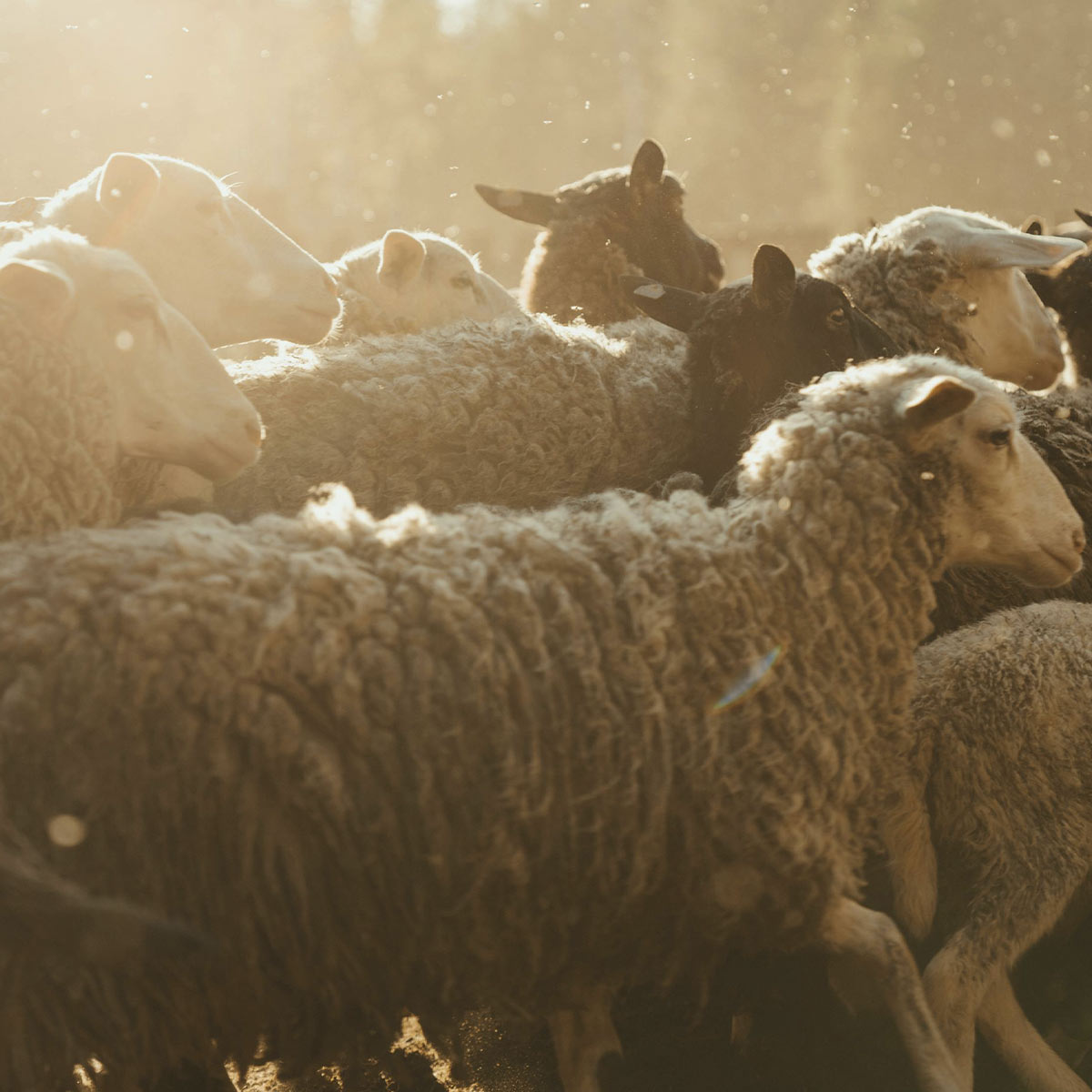Australia's Global Impact Through Wool and Sheepskin Exports
Australia's sheepskin and wool business, which accounts for a large amount of the country's agricultural exports, is critical to the worldwide textile and fashion industries. As a leading exporter, Australia has established itself as an important provider of high-quality wool and sheepskin goods to a varied global market. This article will look at all aspects of Australia's sheepskin export market, highlighting recent trends and economic significance.
Initial 2023 Export Performance
According to Fibre2Fashion statistics, wool and sheepskin exports in Australia totaled $1,126 million between January and April 2023, a small decline from $1,141 million in the same period in 2022. Despite this small decrease in early 2023, total annual wool and sheepskin exports increased from $3,367 million in 2021 to $3,489 million in 2022, according to the Australian Bureau of Statistics.
Australia's Robust Cattle Exports to Indonesia
Indonesia is a particularly stable and developing market for Australian live cattle, with healthy export volumes expected in 2023. Exports increased by 6% year on year to 359,305 head of cattle. This constant demand from Indonesia reflects Australia's solid trading partnerships with important regional partners. Furthermore, it emphasises the role of cattle trade in strengthening economic links and mutual prosperity between Australia and Indonesia.
Australia Resumes Live Sheep Exports to Saudi Arabia
In December 2023, 5,000 live sheep from Australia were delivered to Saudi Arabia, marking a watershed point in the country's export history. This incident was notable since it marked the first time Australian live sheep were sent to Saudi Arabia in more than a decade. This move not only expands the Australian sheep industry's opportunities, but it also demonstrates Australia's livestock sector's worldwide reach and versatility. The resumption of commerce with Saudi Arabia underlines Australia's commitment to growing its export markets while maintaining strict animal welfare standards.

Destinations for Australian Sheep Exports
Australia exports sheep to a variety of countries, with the Middle East being a major market. Kuwait, Qatar, Jordan, and, most recently, Saudi Arabia are major importers of Australian live sheep. These exports meet the need for live animals for breeding reasons.
In addition to the Middle East, nations in North Africa and Asia import Australian sheep, but in smaller quantities. Australia's diversification of export markets is a deliberate measure to safeguard the stability and growth of its cattle export business. It shows Australia's competence to fulfil diverse international standards and preferences, thus solidifying its position as a vital player in the global cattle trade.
Pricing Dynamics
Looking at the specifics of Australian sheepskin export pricing reveals a complex interplay of worldwide demand, standards of quality, and competitive positioning. The quality of the sheepskin, variations in international wool markets, and currency exchange rates all have a substantial influence on price. Seasonal changes and fashion industry trends also have a significant impact on demand for various sorts of sheepskin items. Furthermore, geopolitical events and trade agreements can cause market swings, altering prices not only in Australia but worldwide. Understanding these dynamics sheds light on the pricing methods used by Australian exporters to negotiate the volatile global market.
Understanding Export Costs
Exporting sheepskin from Australia involves a detailed cost structure that extends beyond the farm gate. This includes costs associated with sheep rearing, such as feed and veterinary care, which directly impact the quality and thus the market value of sheepskin. Processing costs, encompassing shearing, cleaning, and tanning, are critical in preparing sheepskin for export. Additionally, logistics—including transportation, insurance, and compliance with international standards and regulations—constitute a significant portion of export costs. By dissecting these expenses, one gains a clearer picture of the economic challenges and considerations facing Australian sheepskin exporters.
Opportunities on the Horizon
Australia's sheepskin industry is positioned towards substantial growth. Emerging economies in Asia and the Middle East, with expanding middle classes and rising demand for luxury products, provide fresh growth opportunities. Furthermore, the business may benefit from the worldwide trend for sustainable and ethically produced products, establishing Australian sheepskin as a luxury, eco-friendly option. Processing and logistics innovation, targeted at lowering costs and increasing efficiency, might help Australia maintain its competitive advantage. Exploring these prospects necessitates careful preparation and investment in market research, technology, and sustainable practices.
The Role of Sustainability and Innovation
Sustainability and technological innovation are becoming increasingly pivotal in shaping the future of the sheepskin export industry. Consumer awareness and demand for ethically sourced and environmentally friendly products are driving changes across the supply chain. Innovations in sustainable farming practices, water and waste management, and eco-friendly processing methods are improving the environmental footprint of sheepskin production. Technological advancements, such as blockchain for traceability and AI for market analysis, are optimising operations and enhancing transparency. Embracing these changes not only aligns with global sustainability goals but also opens new market segments eager for responsible luxury.
Is Australia the Largest Exporter of Wool?
Australia's prominence in the global wool market is undeniable. It is the world's largest exporter of wool, particularly merino wool, known for its fine quality and softness. Australia's wool industry plays a crucial role in the global textile and fashion industries, supplying a significant portion of the world's demand for high-quality wool. This dominance is attributed to the country's vast pastoral lands, conducive climate, and advanced farming techniques, which together create an ideal environment for raising merino sheep.

The Phenomenon of UGG Boots
UGG boots, made from Australian sheepskin, stand as a cultural icon and a testament to the global appeal of Australian sheepskin products. Originating from Australia, UGG boots have transcended their utilitarian origins to become a fashion staple worldwide. Their popularity underscores the quality of Australian sheepskin and its versatility in meeting both functional and fashion needs. This phenomenon highlights the innovative use of sheepskin and its significant contribution to Australia's export economy.
Australia's Global Footprint
Australia's sheepskin exports have long contributed to the global textile and fashion industries, underscoring the country's significant role in these markets. Looking ahead, the industry faces a landscape filled with both challenges and opportunities. Navigating pricing dynamics, understanding and optimising export costs, seizing growth opportunities, and leading in sustainability and innovation are crucial for maintaining and enhancing Australia's global footprint. As the industry evolves, its ability to adapt and innovate will determine its success on the international stage, ensuring that Australian sheepskin continues to be synonymous with quality, luxury, and environmental stewardship.


